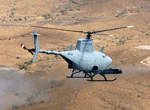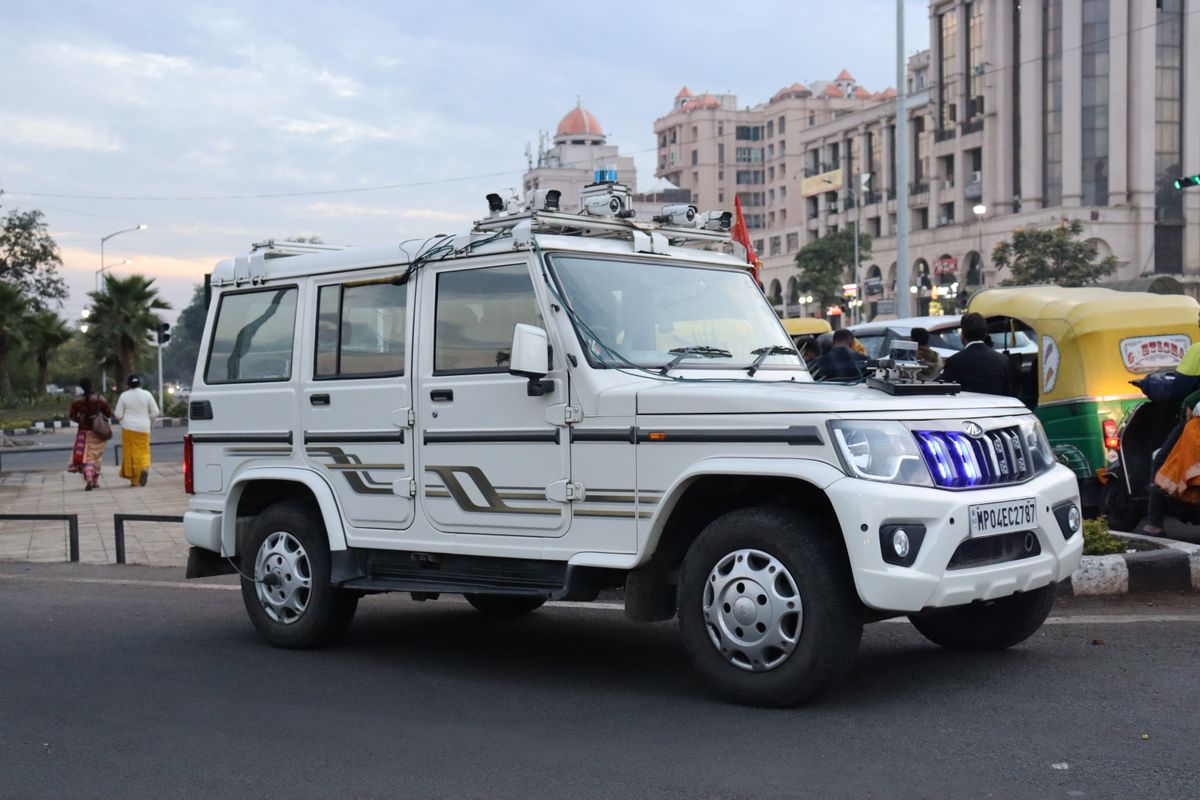A few weeks ago, the New York Times reported on a US Navy MQ-8B Fire Scout Vertical Takeoff and Landing unmanned aerial vehicle (UAV) that had wandered into restricted airspace around Washington, DC after operators lost control of it on the 2nd of August.
The Fire Scout, which is made by defense contractor Northrop Grumman, was about an hour into its test flight being controlled from the US Naval Air Station Patuxent River in Maryland when the Navy said a "software issue" caused control of the drone to be lost.
The drone continued on for another 23 miles on a north-by-northwest course when it entered restricted airspace. It took, the New York Times reported, about 30 minutes for control of the drone to be reestablished.
The New York Times story, published on the 25th of August, said, "The Navy did not describe the scene inside the ground control station as operators sought to re-establish communication with the drone."
Late last week, the Navy filled in some of the missing details.
According to stories by the Associated Press (AP) and Agence France-Press (AFP) (here and here, respectively) late last week, Navy Adm. James Winnefeld Jr., head of Northern Command, said that F-16 fighter jets had been alerted and were being readied to intercept the Fire Scout. The F-16s were not launched because control of the Fire Scout was regained.
Adm. Winnefeld said he was in the control center when communication to the Fire Scout was lost. The discussion about what to do next was described by the Adm. Winnefeld this way:
"Do you let it fly over the national capital region? Let it run out of gas and hopefully crash in a farmer's field? Or do you take action and shoot it down? You don't want to shoot it down over a populated area if you can avoid it. We were going through all of that calculus."
The drone never got closer than 40 miles to Washington, and the Navy said it took 20 not 30 minutes to reestablish control.
The AP story says that the Navy had "to reprogram" the Fire Scout to get it back, but there were no further details about exactly what was reprogrammed.
Adm. Winnefeld admitted that this little episode was going to make it harder to convince the Federal Aviation Administration (FAA) to allow Department of Defense drones to operate in US airspace:
"It certainly doesn't help our case any time there's a UAV that wanders around a little bit outside of its controlled airspace."
Especially when that "little bit" is highly restricted and congested airspace and the drone is traveling at over 60 miles per hour (its top speed is over 125kts).
Pressure had been mounting on the FAA from the Department of Defense to allow drones to operate in US airspace, as this AP story from June notes.
The FAA, which set up the Unmanned Aircraft Program Office, AIR-160, in February 2006, has taken a go-slow approach, because of safety concerns. The FAA fact sheet on UAVs says that:
"More safety data is needed before the FAA can make an informed decision to fully integrate UASs [Unmanned Aircraft Systems] into the NAS [National Airspace System], where the public travels each day. Available Customs and Border Protection (CBP) data shows a total of 5,688 flight hours from Fiscal Year 2006 to July 13, 2010. The CBP accident rate is 52.7 accidents per 100,000 flight hours. This accident rate is more than seven times the general aviation accident rate (7.11 accidents/100,000 flight hours) and 353 times the commercial aviation accident rate (0.149 accidents/100,000 flight hours). Continuing to review of UAS operations will enhance the FAA’s ability to assess the safety and improve the use of this technology."
Not only is there Defense Department pressure on the FAA to approve UAVs operating in US airspace, but commercial pressure as well. There was a in-depth story in Sunday's LA Times about drones being big business, as well as the planned use of drones not only by the military but by private companies. It also discusses the big-money lobbying and pork barrel politics behind the UAV industry.
Robert N. Charette is a Contributing Editor to IEEE Spectrum and an acknowledged international authority on information technology and systems risk management. A self-described “risk ecologist,” he is interested in the intersections of business, political, technological, and societal risks. Charette is an award-winning author of multiple books and numerous articles on the subjects of risk management, project and program management, innovation, and entrepreneurship. A Life Senior Member of the IEEE, Charette was a recipient of the IEEE Computer Society’s Golden Core Award in 2008.



